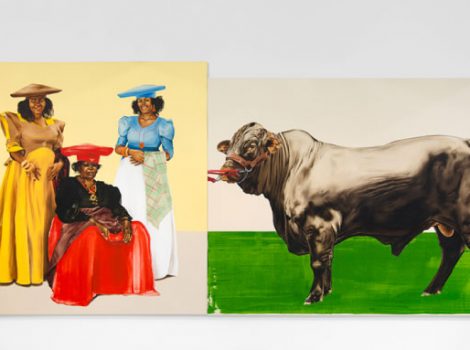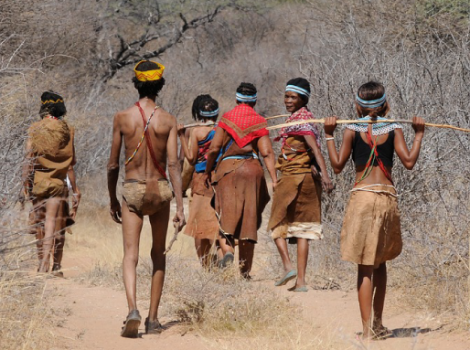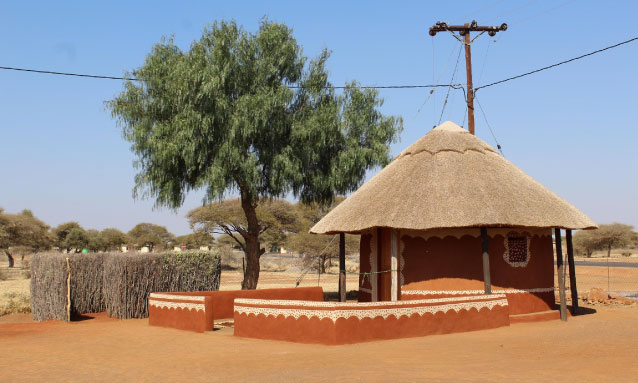
Centuries ago, the closest thing to a stag party Batswana grooms had was enjoying roasted meat of a stag-like animal – impala – at the cattle post with fellow herdboys. The bridal shower saw the bride showering under a nearby waterfall on her wedding day. Back then, a small opening in the wall of a matrimonial hut was more an intelligence-gathering than an architectural feature.
South Sotho retains a word – “sehlodumela-bakgoenyane” – which, like its Setswana equivalent in “seokomela-bagwe”, is used for an architectural feature that has long lost its original physical appearance. The lineage of the word that is currently used for “window” in either language is connected to these terms. However, the window you buy at a hardware store does linguistic disservice to what a “seokomela-bagwe” actually looked like.
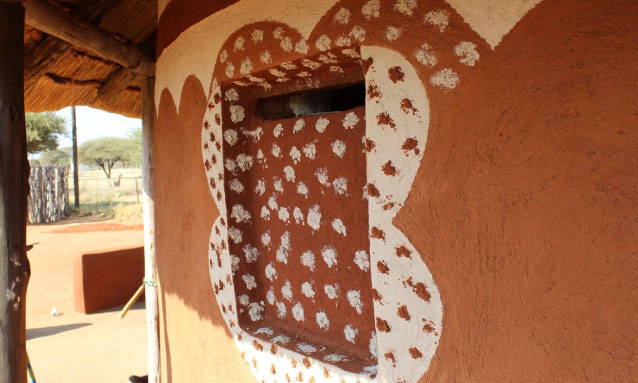
Thankfully, the model Sotho hut at the Tlhareseleele khotla closes the gap between appearance and meaning. In pre-colonial society, the aperture in question was an important feature of the hut – which was built at the bride’s place. The cultural difference between Basotho and Batswana is very minimal and the most detailed account of “sehlodumela-bakgoenyane”/“seokomela-bagwe” comes from Mmabuta Mhalapitsa, a Motswana who recently retired as a guide at the Kgosi Sechele I Museum in Molepolole.
After marriage negotiations had been concluded, the groom would be officially allowed access to the hut, which the girl would have already moved into. An important module at the male initiation school was Sex Education 101 and one of the lessons that the lecturers imparted to their charges was what to do in this hut during the period leading up to the wedding day. In an era when pre-marital sex was almost unheard of, a couple would have absolutely no sexual experience.
Thankfully, the groom would remember that module from initiation school. However, bewildered and enraged at the invasion of her most private parts, the girl would fiercely resist the boy’s advances and in some cases, not yield at all.
Unknown to the couple, there would be an all-ears, all-eyes third party more than eager to learn what was going on inside the hut – the girl’s mother. She would have crept up to the hut and espied on the couple through the aperture. This was not the equivalent of today’s voyeurism – getting sexual kicks out of watching unsuspecting people having sex. It was something much more profound.
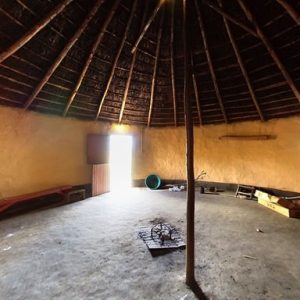
Where the girl resisted, the mother would visit her (daughter’s) paternal aunt (“rakgadi”) the following morning and provide an intelligence report on her nocturnal spying mission. That night at bedtime and with a rope concealed in her person, “rakgadi” would visit, pull the niece aside and steal away with her to the new hut. There she would school the young woman on the rules of the club she is about to join and instruct her not to put up a fight a little later when her future husband came around. Just so she was doubly sure, “rakgadi” would tie the girl’s leg to the pillar (“pinagare”) of the hut around her upper thigh. Thank you very much for using your imagination.
That night, boy and girl would become man and woman. Years later, the woman might, in her capacity as the paternal aunt, also have to school her niece joining the matrimonial club. To be doubly sure, she would assist her future nephew-in-law by restraining the niece to the pillar of the hut.
That is the story that the aperture in the traditional hut at the Tlhareseleele hut tells. Dipuo Mohlomi, an elderly woman who lives in Tlhareseleele, confirms Mohalapitsa’s account about the intelligence-gathering utility of the aperture of the matrimonial hut in Sotho culture. The hut would be fenced in and negotiations around asking for the girl’s hand in marriage conducted in front of it, she noted.
Source: Culture Botswana 2.0 Facebook page
About Culture Botswana 2.0: A unique nation-building tool, Culture Botswana 2.0 champions cultural diversity, inclusion, equality and visibility through indigenous-culture journalism that documents and dignifies all of Botswana’s indigenous cultures.


